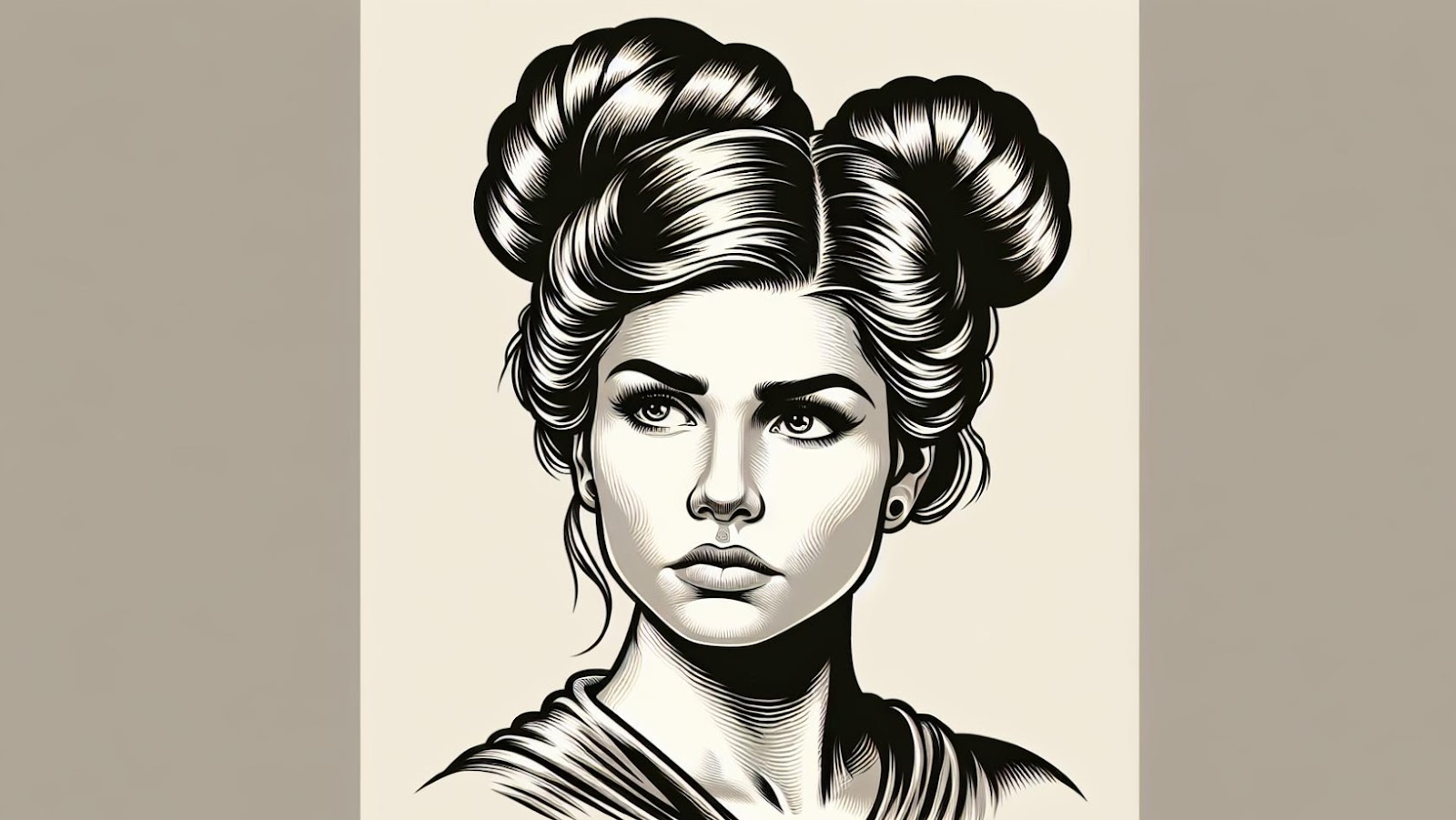Ever since Rey burst onto the scene in “Star Wars: The Force Awakens,” her signature hairstyle has captivated fans worldwide. It’s not just a look; it’s a symbol of strength, resilience, and the mystique of the Star Wars universe. I’ve spent hours dissecting every twist and turn of Rey’s iconic ‘do, eager to unlock the secrets behind its allure.
The Influence of Rey’s Hair in Star Wars
When I first laid eyes on Rey’s hairstyle in Star Wars, it was clear that this wasn’t just another character design. Rey’s hair, with its unique triple bun, became an instant icon in the saga. Its influence stretches far beyond just the look; it symbolizes strength, resilience, and the raw spirit of a fighter. The interesting part is how Star Wars Rey hair has woven itself into the fabric of fan culture around the globe.
Fans, particularly young girls, immediately gravitated towards Rey’s hairstyle because it resonated with a sense of adventure and independence. There’s something deeply empowering about adopting Rey’s look. It’s not just about mimicking a favorite character; it’s about embodying the essence of her strength and spirit. In many ways, Rey’s hair represents breaking free from traditional female character molds, highlighting an evolution towards more dynamic and complex female leads.
The triple bun has not only become a favorite at cosplay events but also sparked a trend in everyday fashion. Social media platforms are filled with tutorials and photos of fans proudly sporting the Star Wars Rey hair, sharing their own takes and interpretations of the iconic style. This exchange of creativity connects fans worldwide, creating a community bonded over shared admiration for Rey and what she stands for.
Star Wars Rey Hair
When it comes to Star Wars Rey hair, one cannot help but immediately think of the iconic triple bun. This hairstyle isn’t just a fashion statement; it’s a symbol of strength, resilience, and the pioneering spirit of Rey’s character. Over the years, it’s become more than just a part of her character; it’s a beacon for fans worldwide, representing the essence of adventure and the fight against adversity.
The Evolution of Rey’s Triple Bun
I’ve always found the evolution of Rey’s triple bun fascinating. Originally conceptualized to reflect Rey’s practicality and scrappy nature, the style was also designed to stand out in the vast universe of Star Wars. It needed to be functional, unique, and instantly recognizable—a tall order that was brilliantly achieved.
The initial design went through several iterations before landing on the three perfectly looped buns that sit neatly down the back of Rey’s head. This wasn’t just a random choice. Each bun represents a part of Rey’s journey, metaphorically tying her past, present, and future into a single visual element. As the saga progresses, subtle changes in her hair mirror her growth and the shifts in her path, making the triple bun not just a hairstyle but a narrative device.
Tutorial: How to Achieve Rey’s Triple Bun
Achieving Rey’s triple bun may seem like a daunting task, but with the right guidance, it’s quite manageable. Here’s a simplified breakdown to help fans and enthusiasts alike to replicate this iconic Star Wars Rey hair style.
- Preparation:
- You’ll need a few essentials: hair ties, bobby pins, and a hair brush.
- Begin with your hair brushed and preferably texturized for grip.
- Sectioning:
- Divide your hair into three horizontal sections from the top of your head down to the nape of your neck.
- The Buns:
- Starting with the top section, twist the hair away from your face and loop it into a bun. Secure it with a hair tie and bobby pins.
- Repeat this step with the middle and bottom sections, ensuring each bun sits directly beneath the previous one.
While simple at first glance, mastering the triple bun takes patience and practice. It’s not just about copying a hairstyle; it’s about embracing the spirit of Rey, a beacon of determination and strength in the Star Wars saga. As fans, trying out Rey’s hair is more than a nod to fashion—it’s a small way to connect with her journey and the larger narrative she represents.
